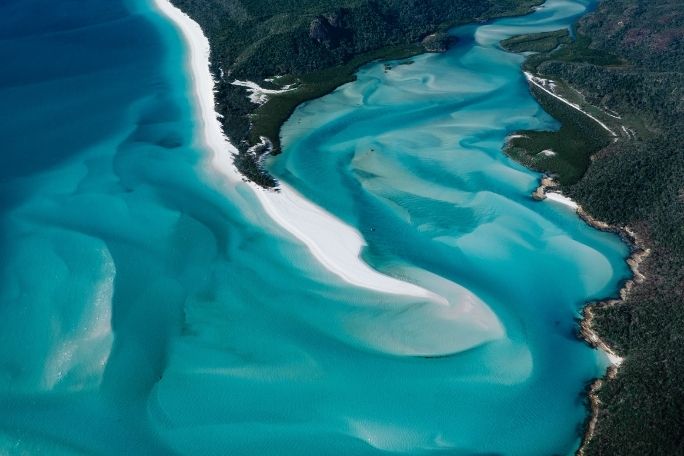Lesson summary
These activities are designed to get children out and about, exploring their local environment, a local park, nearby nature or a wild space for Earth Hour Schools Day. Younger children will experience the outdoors through sensory and play-based learning. Older children will explore their local environment through role playing and gain a deeper understanding of their place and their connections to it.
Activity Intention:
- This activity is designed to take place in a local park, bushland area or wild space (beach, forest, creek, or bush).
Lesson guides and printables
Lesson details
Curriculum mapping
Learning Outcome 2:
- Children are connected with and contribute to their world
- 2.3 Children become aware of fairness
Learning Outcome 4:
- Children are confident and involved learners
- 4.1 Children develop dispositions for learning such as curiosity, cooperation, confidence, creativity, commitment, enthusiasm, persistence, imagination and reflexivity
- 4.2 Children develop a range of skills and processes such as problem solving, inquiry, experimentation, hypothesising, researching and investigating
- 4.3 Children transfer and adapt what they have learned from one context to another
- 4.4 Children resource their own learning through connecting with people, place, technologies and natural and processed materials
Resources required
Additional info
This lesson has been created in partnership with WWF-Australia. Earth Hour is the world’s largest community-driven climate change campaign. At the centre of Earth Hour is switching off lights to show a commitment to taking action.
Thousands of teachers use Earth Hour’s education program to enrich their curriculum and provide pathways for young people to create change in their world.
For the most up to date Earth Hour dates, times, and events, check here.


Welcome back!
Don't have an account yet?
Log in with:
By signing up to Cool.org you consent and agree to Cool's privacy policy to
store, manage and process your personal information. To read more, please see
our privacy policy here(Opens in new tab).
Create your free Cool.org account.
Many of our resources are free, with an option to upgrade to Cool+ for premium content.
Already have an account?
Sign up with:
By signing up to Cool.org you consent and agree to Cool's privacy policy to
store, manage and process your personal information. To read more, please see
our privacy policy here(Opens in new tab).